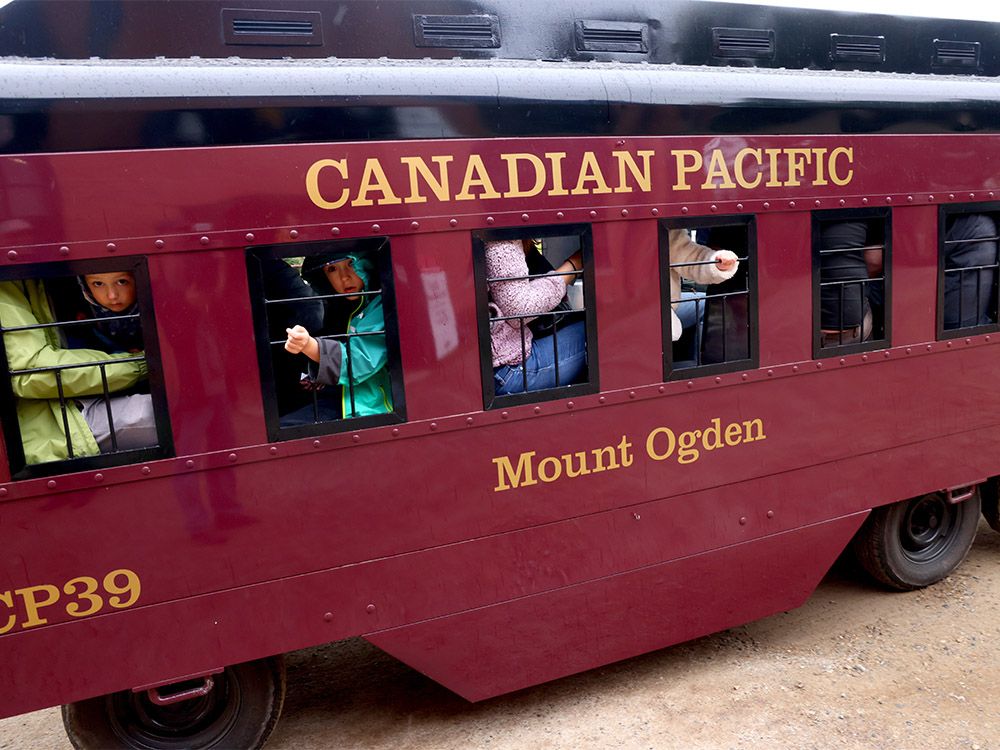Damage done by 2024 wildfire season well below average so far, federal officials say

Canada’s wildfire season is off to a slow start, with the number of hectares burned so far this year still below the ten-year average, senior government officials and ministers said in Ottawa Wednesday.
Last year at this time, almost three million hectares of forest had been destroyed by wildfires. Canada has lost just 500,000 hectares to fire so far this year.
Officials warn the improvement over 2023 — the worst wildfire season on record — may not last, as forecasts for July and August appear similar to what Canada saw in those months last year.
“Unfortunately, this forecasting continues what has become an alarming and all-too-predictable trend,” Minister of Energy and Natural Resources Jonathan Wilkinson said Wednesday.
“Climate forecasts indicate that the coming summer months will likely be warmer than normal in most of Canada, with parts of the country seeing less rainfall than normal.”
Government officials said there are now 69 active wildfires across the country, with eight burning out of control. Most of the wildfires are in Alberta and B.C., with a few in Quebec.
No provinces or territories have requested federal help to fight the wildfires and officials said they don’t expect that will change in the short term.
“While the overall fire severity to date has been less than last year, and less than previously anticipated in a worst case scenario in April and May, it certainly can change quickly,” said Deryck Trehearne, director general of Public Safety Canada’s Government Operations Centre.
High risk regions in 2024
The Prairies, central and eastern Canada have seen rain in recent weeks, officials said, but there’s been a shortage of precipitation over the last 12 months in many regions of the country.
Michael Norton, the director general of the Northern Forestry Centre in Edmonton, said those dry conditions mean that “above normal levels of wildland fire activity remain likely” across the country in June and July.
Norton said there is a high likelihood of an above-average wildfire risk in June in areas from northeastern B.C. to western Labrador, and in parts of New Brunswick and Nova Scotia.
The areas with a “well above average” risk of wildfires in June are in eastern Saskatchewan and northern Manitoba, government officials said in a technical briefing Wednesday.
In July, the areas facing an above-average risk of wildfires stretch from the Yukon and eastern B.C. to western Quebec. The areas facing wildfire risks well above average in July cover most of the Northwest Territories, the Prairie provinces and Eastern B.C.
“I will say … that current conditions are very different to where we were at this time last year and that has a big influence looking ahead,” said Norton.




